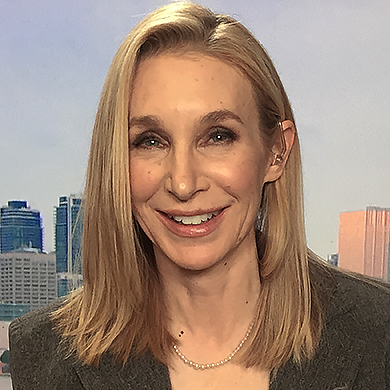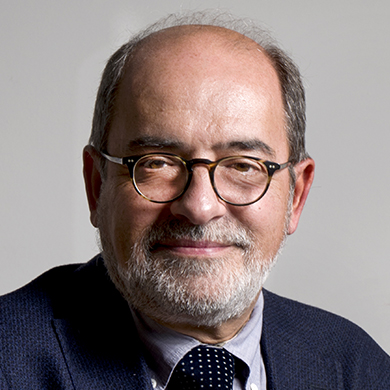The Language of Neurons15th & 16th September 2023, Barcelona

Sheena JosselynSpeaker
Senior Scientist at The Hospital for Sick Children (SickKids) and Professor at the Departments of Psychology and Physiology at the University of Toronto, Canada.
She holds a Canada Research Chair in Brain Mechanisms underlying Memory, and she is a Senior Fellow at the Canadian Institute for Advanced Research (CIFAR) and a Fellow of the Royal Society of Canada. Dr. Josselyn has received several awards, including the Innovations in Psychopharmacology Award from the Canadian College of Neuropsychopharmacology (CCNP) and the Effron Award from the American College of Neuropsychopharmacology (ACNP). Dr. Josselyn is interested in understanding how the brain encodes, stores and uses information. Several human disorders (ranging from autism spectrum disorder to Alzheimer’s disease) may stem from disrupted information processing. Therefore, this basic knowledge is not only critical for understanding normal brain function; it is also vital for the development of new treatment strategies for such disorders.
Abstract
Making memories in mice
Understanding how the brain uses information is a fundamental goal of neuroscience. Several human disorders (ranging from autism spectrum disorder to PTSD to Alzheimer’s disease) may stem from disrupted information processing. Therefore, this basic knowledge is not only critical for understanding normal brain function, but also vital for the development of new treatment strategies for these disorders.
Memory may be defined as the retention over time of internal representations gained through experience, and the capacity to reconstruct these representations at later times. Long-lasting physical brain changes (‘engrams’) are thought to encode these internal representations. The concept of a physical memory trace likely originated in ancient Greece, although it wasn’t until 1904 that Richard Semon first coined the term ‘engram’. Despite its long history, finding a specific engram has been challenging, likely because an engram is encoded at multiple levels (epigenetic, synaptic, cell assembly). My lab is interested in understanding how specific neurons are recruited or allocated to an engram, and how neuronal membership in an engram may change over time or with new experience. Here I will describe data in our efforts to understand memories in mice.
Friday15September
15:30 - 16:15
Neural representation
Making memories in mice
Saturday16September
9:30 - 11:00
The Language of Neurons
Short presentations by the guest speakers





